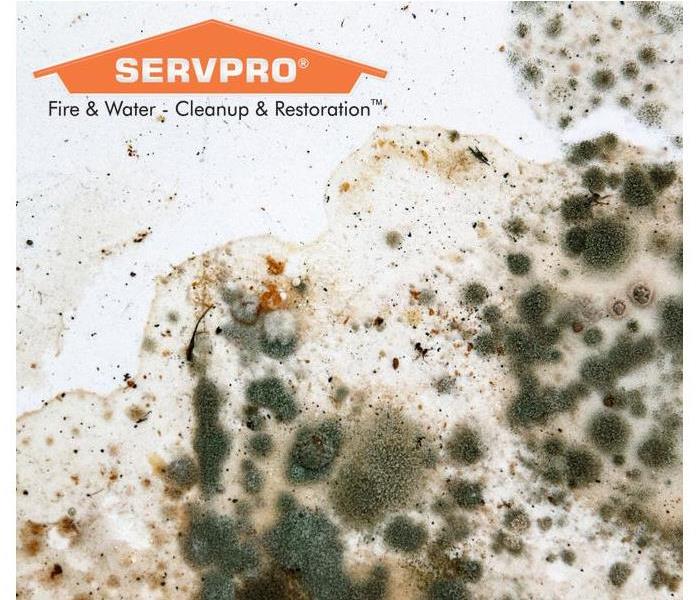Understanding Household Mold
3/24/2020 (Permalink)
Moisture, when allowed to remain on structural materials can precipitate mold growth. Likewise, high humidity “wakes up” mold spores that can cause mold damage. You may wonder what types of mold will grow in your home if moisture goes unchecked. The most common type of non-food mold is black mold, although there are others.
Common Household Molds
Several types of mold are found in and around the home, some more prolific than others. It is important to reduce the risk of any of these, which include:
Alternaria – Commonly found in houseplants or outdoor landscaping
Stachybotrys Chartarum – Otherwise known as black mold - grows on almost any damp surface
Aspergillus – Found in decaying outdoor matter and often carried indoors on shoes
Chaetomium – Most often found in damp sheetrock, a damaged roof or near leaky basement pipes
Cladosporium – Can occur in wet cabinets, carpeting, and wooden floors, or any damp areas
How To Recognize Mold
Most of the molds listed have names that are hard to remember, but Stachybotrys Chartarum or black mold is the most common and the easiest to recognize. Black mold growth is black and spotty. You may see only a few small splotches or it may cover a vast area. It also had a damp and musty odor, which is easily recognizable. It thrives in humid areas, such as inside a cabinet, inside wallboard or inside tub surrounds or showers.
Ridding the Home of Mold
In black mold cleanup, it is essential to remove any porous material or any wood that is molded through, as it can spread and weakens the structure. Mediating the problem also includes thorough drying and humidity control. A water damage and mold remediation specialist in Glenwood Springs, CO can perform mold cleanup procedures and take steps to prevent its return.
Black mold growth is fairly aggressive and knows few boundaries. Luckily, it is possible, with proper abatement methods to remove it and put mold prevention measures in place.






 24/7 Emergency Service
24/7 Emergency Service
